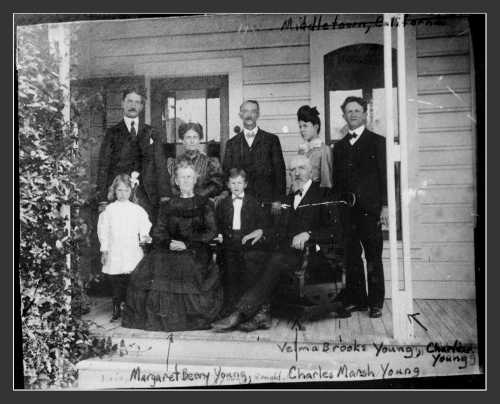- Editor
- Posted On
Lakeport household hazardous waste dropoff to be held June 16 and 17
LAKEPORT, Calif. – The next free household hazardous waste dropoff event will be held Friday, June 16, and Saturday, June 17, at Lake County Waste Solutions Transfer Station and Recycling Yard, 230 Soda Bay Road in Lakeport.
Hours will be from 9 a.m. until 1 p.m.
Households can bring up to 15 gallons of toxic items free of charge. Fees will be charged for amounts over 15 gallons.
Items that are accepted include paint, solvents, fuels, five-gallon propane tanks (empty), pool chemicals, pesticides, herbicides, batteries, fluorescent light tubes (up to 60 linear feet) and other toxic materials that cannot be put in the trash.
Items that cannot be accepted include televisions, computer monitors, ammunition, explosives, radioactive materials or infectious wastes.
To learn how and where to properly dispose these items, please visit www.recycling.co.lake.ca.us or contact the recycling hotline at 707-263-1980.
Household hazardous waste dropoff services are provided to Lake County residential households by the Integrated Waste Management Division of the Lake County Public Services Department and the Department of Resources Recycling and Recovery (CalRecycle).
Businesses also are welcome to use this convenient service to properly dispose of hazardous waste and protect our environment, however, businesses must pay for this county-funded service and first make an appointment. Business appointments can be made by calling Lake County Waste Solutions at 707-234-6400.
Ask about receiving a free puncture-proof sharps container at one of these events to use for free sharps disposal.
Free recycling options for residents and businesses:
· Recycled paint is available to both residents and businesses at Lake County Waste Solutions and South Lake Refuse and Recycling Center first-come, first-served basis in five gallon containers. Colors include tan, brown, gray and pink.
· Used motor oil and cooking oil can be dropped off by businesses and residents, at Lake County Waste Solutions, South Lake Refuse & Recycling Center, and the North Shore Fire Protection District station at 6257 Seventh Ave. in Lucerne. Visit www.recycling.co.lake.ca.us for more locations.
· Electronics (e-waste) can be dropped off at Lake County Waste Solutions and at South Lake Refuse & Recycling Center.
Lake County Waste Solutions
230 Soda Bay Road, Lakeport
888-718-4888 or 707-234-6400
Monday-Saturday, 7:30 a.m. - 4 p.m.
www.candswaste.com
South Lake Refuse & Recycling Center
16015 Davis St., Clearlake
Open daily, 7:30 a.m.-3 p.m.
707-994-8614
www.southlakerefuse.com
The free Household Hazardous Waste drop off program is subsidized by the Lake County Public Services Department, Integrated Waste Management Division and CalRecycle as a public service to Lake County households.
For more information about recycling, reusing and reducing, visit www.recycling.co.lake.ca.us , call the recycling hotline at 707-263-1980 or like Lake County Public Services on Facebook at https://www.facebook.com/LCPublicServices?fref=ts .








